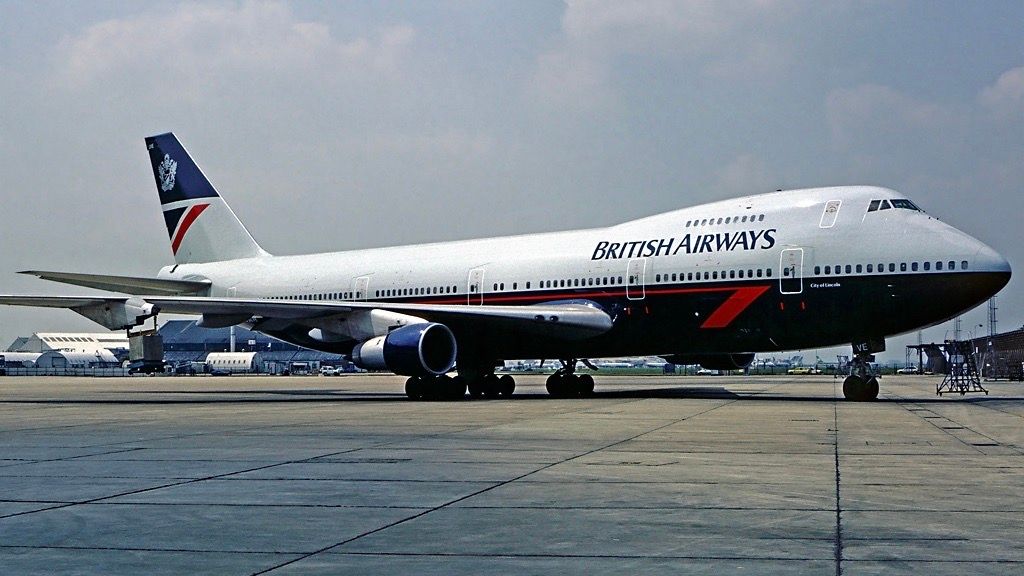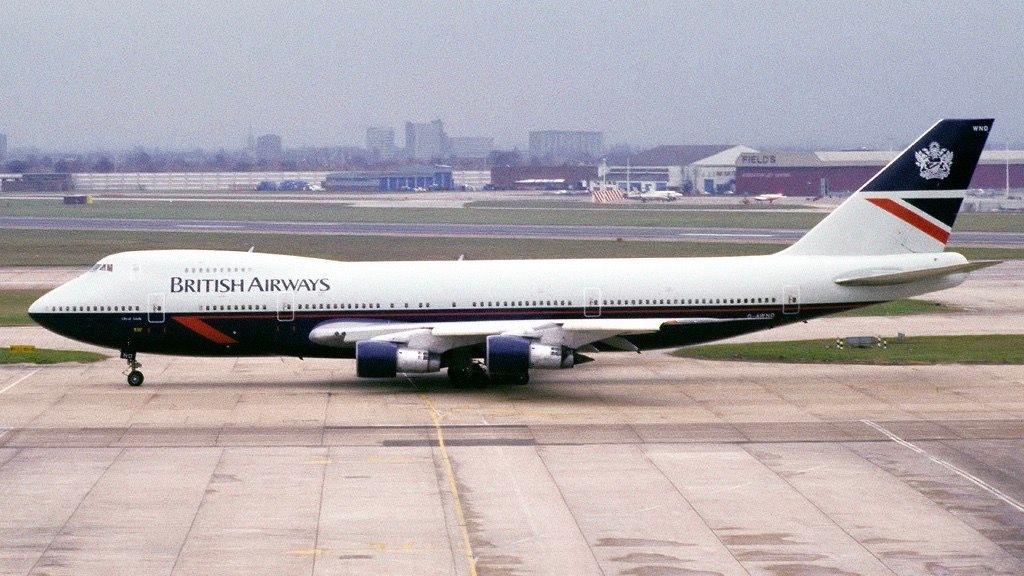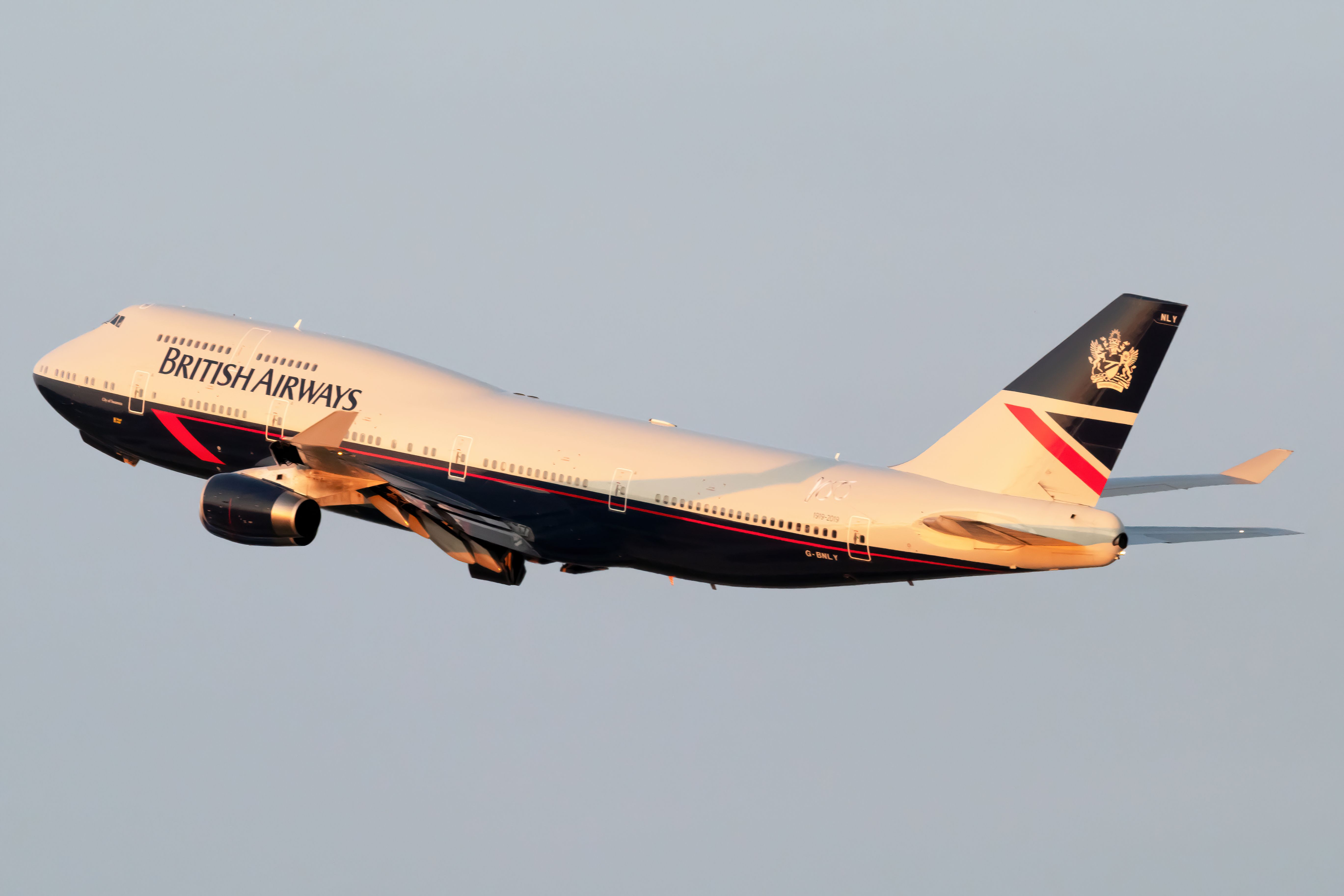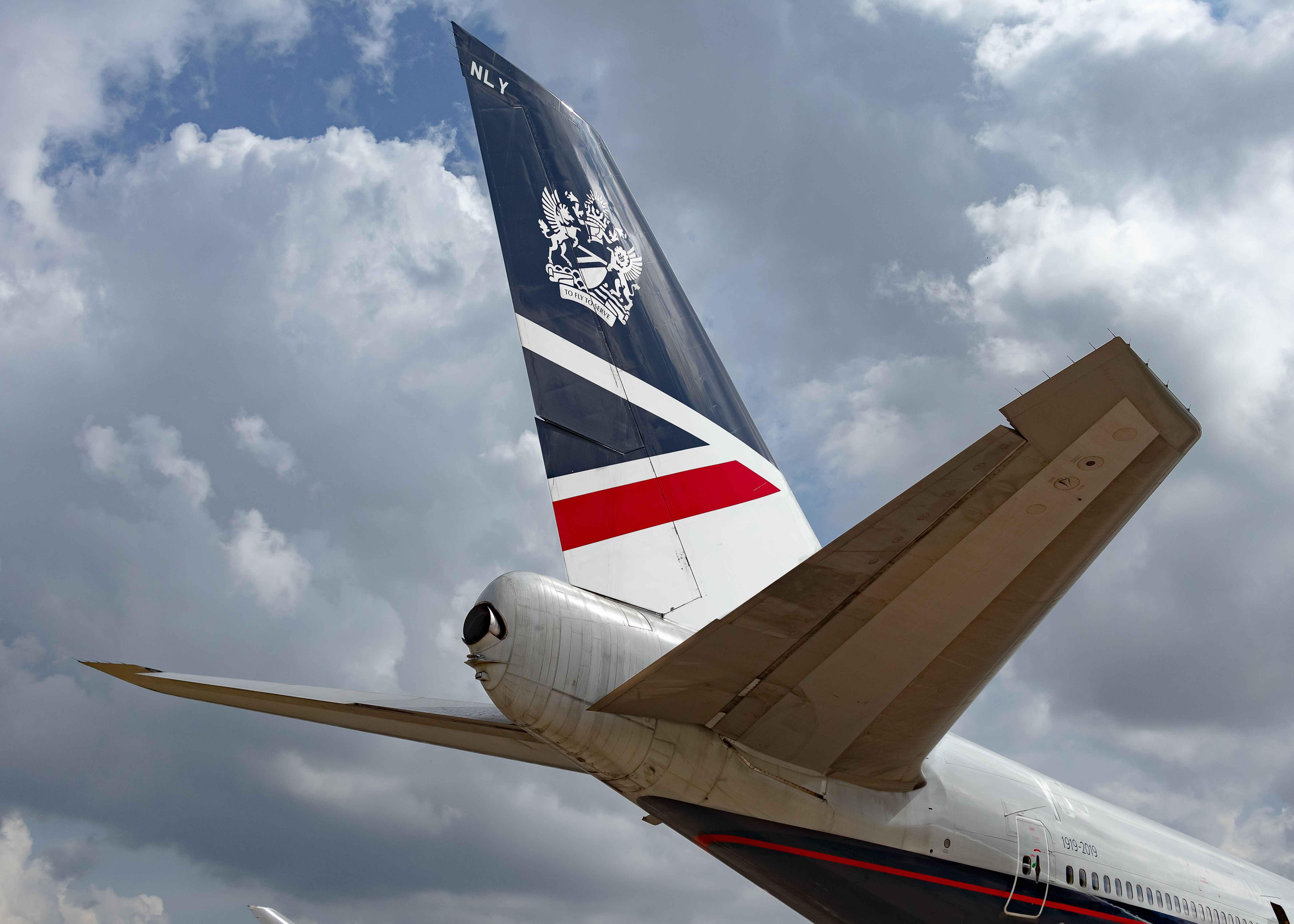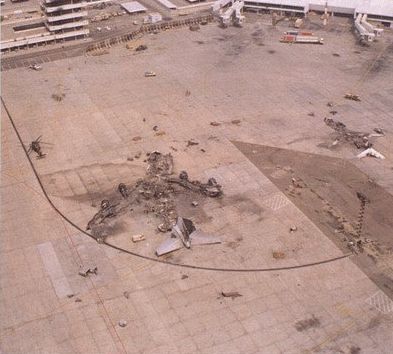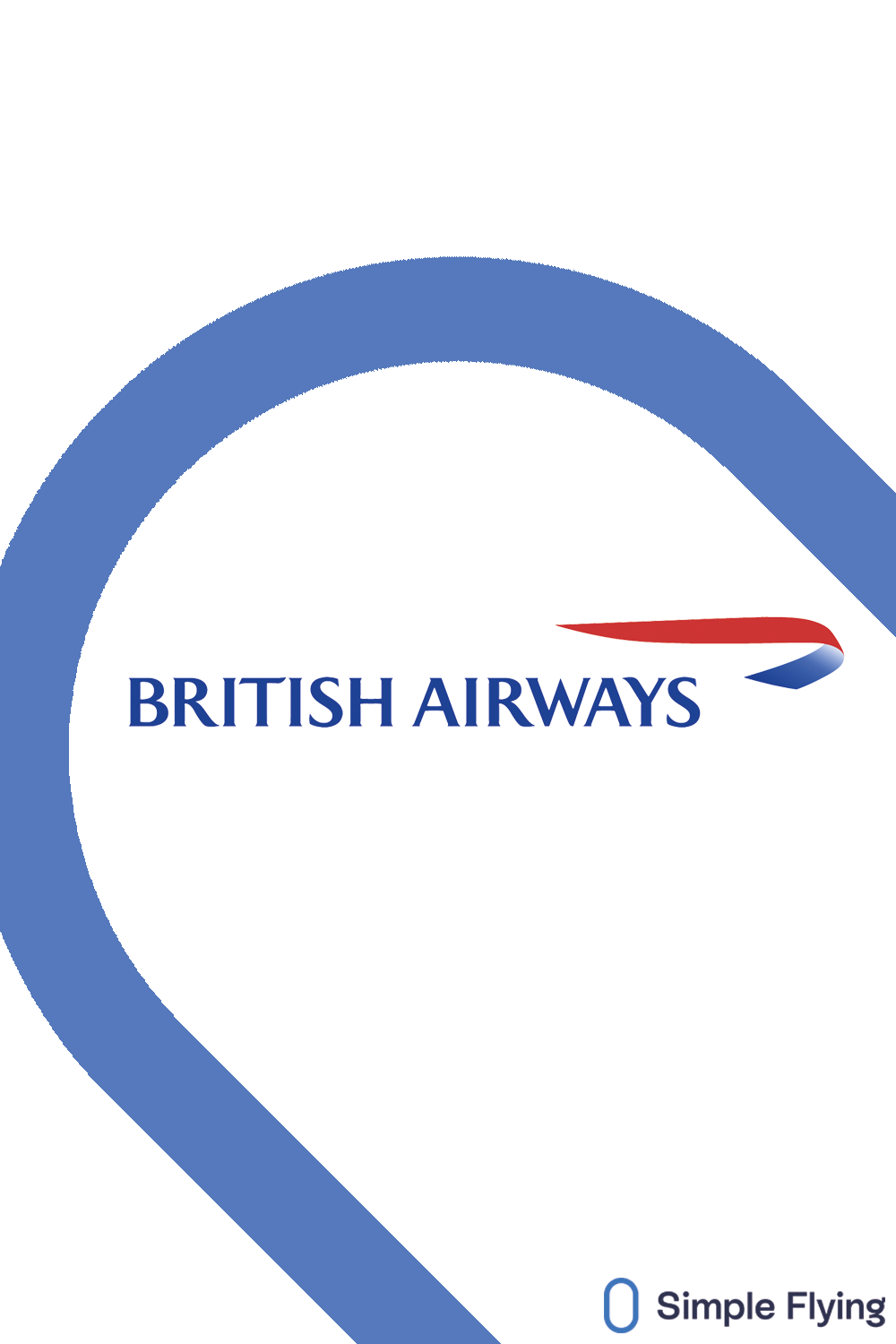Summary
- British Airways flight 149 unknowingly flew into a potential war zone before landing in Kuwait on August 1, 1990.
- Passengers and crew were held hostage, mistreated, and starved during the Iraqi invasion of Kuwait, with some used as human shields.
- Hostages were eventually released in December after Operation Desert Storm drove Saddam Hussein’s forces out of Kuwait, with many suffering from severe psychological and physical trauma.
It was August 1, 1990. British Airways flight 149 was preparing to leave from London’s Heathrow Airport bound for Kuala Lumpur, Malaysia via Kuwait and Madras, India. The Boeing 747 had 367 passengers and 18 crew onboard.
The crew
The captain that day on the sector to Kuwait was Richard Brunyate. Taking over from him for the next sector was Captain Peter Clark. There were 16 cabin crew onboard, including Helen Peters, Tahel Doher, Nicola Dowling and Charlie Kristiansson. They were led by cabin services director Clive Earthy.
The evening of August 1st
There were issues on the ground with the auxiliary power unit, so the flight was delayed. It finally departed at 18:05. The flight was uneventful and nothing unusual occurred. However, there was some concern by the crew that they were flying into an area that could be a potential war zone. They raised their concerns with the CSD, Clive, who spoke to the captain.
“The crew were very concerned, however I assured them that British Airway’s management had checked with the foreign office in London and British Airway’s operations in Kuwait and all was normal.”
Clive, CSD as reported to the Daily Mail.
The captain stayed in contact with ATC in Kuwait for information and British Airways flight 148, which had departed Kuwait earlier. All said that things were running normally. Little did they know that Iraqi troops were massing on the border with Kuwait ahead of Saddam Hussein’s invasion. The captain asked for permission from ATC to circle the airport before landing to survey the area. He saw nothing unusual.
Photo: Vincenzo Pace I Simple Flying
On landing
Flight 149 landed at 01:13 on August 2nd. When Clive opened the main boarding door of the 747, a British man in military uniform greeted him. He said that he was there to collect ten men from the flight. Nicola brought the men to the front of the aircraft and they disembarked. She thought it was odd that they boarded late, remained seated the entire flight and were now leaving the aircraft first.
The invasion starts
The passengers disembarked into a deserted terminal to wait for the next sector and the new crew, who would be joining them. The crew of flight 149 headed to their hotel. In the meantime, the crew of the next sector were almost at the airport. On arrival, they reboarded the waiting passengers and found out that the airport would be closed for two hours. At 02:20, an Iraqi fighter jet bombed the runway and knocked out ATC. Rocket fire could be heard outside the aircraft.
Evacuating the aircraft
The cabin crew evacuated the aircraft and took the passengers back to the terminal building. The invasion was announced on Kuwait radio. At 04:30, the crew and passengers were escorted from the terminal by the Iraqi forces and took them to the airport hotel. On arriving at the hotel, the crew negotiated with the forces, that they all be moved to the Regency Hotel where the crew and local staff are routinely based.
Photo: Abdul N Quraishi – Abs | Shutterstock
An arduous ordeal
The crew tried to contact the British Embassy, with no success. The passengers and crew of flight 149 were trapped along with 55 British Airways crew who were in hotels in Kuwait, waiting to fly back to the UK on duty. The group was split into smaller groups and ordered to go to other places in Kuwait and Iraq, under armed escort.
Passengers and crew were held hostage, mistreated, sexually assaulted, and starved. Some were used as human shields at key facilities to prevent Western forces from bombing them. They were sent to various locations in Iraq and Kuwait and faced their ordeal in captivity. They were subjected to beatings and mock executions. One group had rations so meager that they were forced to eat a giraffe from the city zoo.
“I was taken with other unmarried cabin crew and passengers to Shuwaikh port. I was held there for about two months in a guarded bungalow. There were ditches dug in the garden. We were told that should the British or Americans launch a ground attack, we would be killed and put in the ditches. During that time, I was taken to a desolate part of Kuwait City. At gunpoint, I was forced up a tower and raped. I then jumped off the tower.”
Charlie, cabin crew, as told to the BBC.
Trying to escape
Captain Brunyate initially stayed with the group to reassure them but later escaped with the help of the Kuwaiti resistance. Helen was supposed to leave at the same time but couldn’t meet them after encountering armed guards and having to hide in a bathroom. All she could hear was her heartbeat and her watch ticking. She cried and was scared of what could happen next.
The next day, Helen was put on a bus through the bombed-out city and taken to the ransacked palace of a Kuwaiti royal. She describes it as surreal eating tiny portions of food off of gold plates and drinking water out of crystal. Surrounded by armed soldiers, she felt in constant fear and helpless. She kept a diary during this time.
“August 18th. Tonight I broke down and cried for the first time…god, get me out of this place. I can see us being here for weeks, even months.”
Helen, cabin crew as told to Stuff.
Tragic and awful
During a location transfer for the hostages by bus. One cabin crew member was checking under the seats of the bus and a soldier raped her. Tahel tried to stop the man but was stopped by the soldiers/ He shouted at them to stop until, eventually, they intervened. Clive complained to the lead officer of the forces and the soldier was executed.
Nicola was held in squalid conditions in Kuwait after being kept under armed guard at the hotel for 18 days. At 2 am, she was told to go to the lobby. After a terrifying 12-hour journey, she ended up in a military camp at Fahaheel, where she was held hostage until September. The camp was covered in excrement which they had to clear up, there was little running water and everyone had dysentery. The hostages’ existence was hour by hour as soldiers pushed them around with their rifle butts.
“They were screaming and barking orders at us. It was just mayhem and eventually, when they calmed down, they split us into groups, and then we were put on a bus. They stopped in the desert and surrounded the bus. They pointed their rifles at us and you could have heard a pin drop. I was absolutely petrified and I saw snippets of my life flash past my eyes.”
“These soldiers would burst into our rooms, into our houses, rifles pointing and just scream at us. It was torturous. In the end, I was just broken, a broken shell.”
Nicola, cabin crew, as told to The National.
A final escape from horror
A few people managed to escape with the help of the Kuwaiti resistance. Women and children were given a chance to leave at the end of August. They were bussed to Baghdad and flown back to the UK. Everyone else continued to be held hostage and used as human shields.
Detainees were released at different stages until the middle of December when everyone was released after Operation Desert Storm drone Saddam Hussein and his troops out of Kuwait.. They had endured almost 6 months of torture. One Kuwait man who was a passenger on the flight was shot by troops when the conflict was over.
The aftermath
The aircraft was completely destroyed. The 747 could have been bombed by the US military to prevent it from being used by the Iraqi forces or could have been destroyed by the Iraqi forces on their withdrawal from Kuwait. It is claimed that British Airways and the UK government knew Iraq had invaded Kuwait before the aircraft landed there and no attempt was made to divert the aircraft. It is thought that the government wanted to insert a special forces team there to carry out reconnaissance.
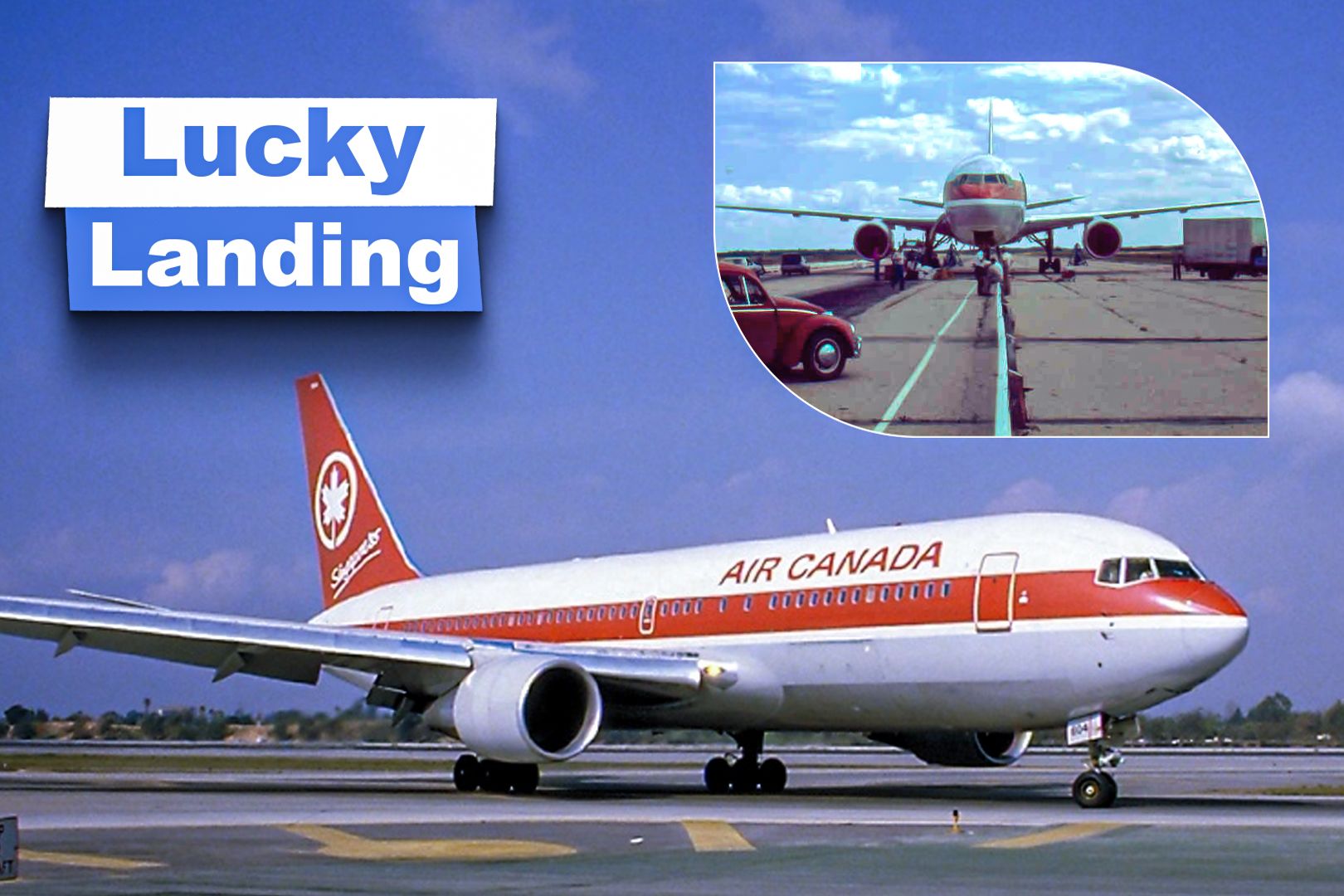
Related
Air Canada’s Gimli Glider: A Cabin Crew Perspective
A true miracle of aviation.
Many of the hostages had severe psychological and physical issues, trying to recover from the trauma. Many had post-traumatic stress disorder. Of the cabin crew, Charlie moved to Luxembourg to try and recover from his ordeal. Helen changed to flying short-haul routes before eventually leaving for a new life in New Zealand. Nicola continued to fly until 2005, before leaving with a medical pension.
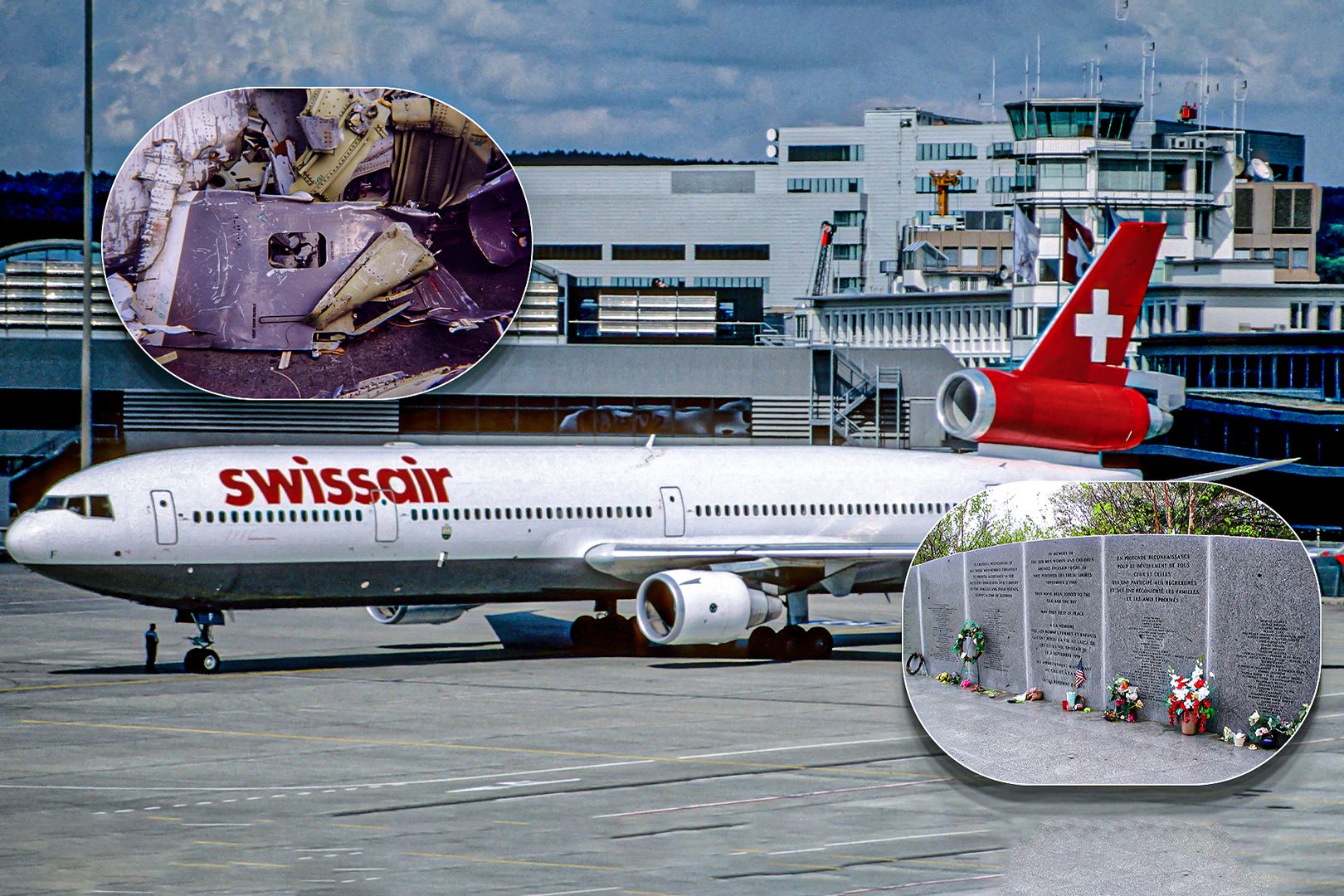
Related
Swissair 111: A Cabin Crew Perspective
A deadly disaster and one of the most expensive investigations in aviation history.

